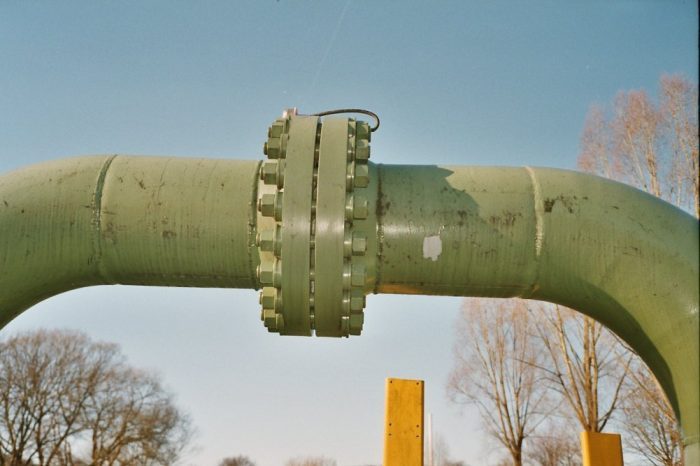In any building or construction contract, there are always materials used for various aspects of the building that makes it whole. Some are glaring to the eyes as they are on the external part of the house such as the blocks and cement used to erect the house while some are on the inside such as the rods used to support the whole structure, the pipes used to convey fluids round the house, and the flanges used to hold them in place.
Pipes and flanges go hand in hand in the construction business so there is a very high probability that a flange manufacturer is also a manufacturer of pipe. To understand the relationship between pipes and flanges, you have to first have knowledge of what the two components are all about.
-
Pipes

At some point or the other, regardless of whether you dabble in construction or plumbing or not, every Tom, Dick, and Harry has heard of pipes and thus has a vague idea of them. Permit me to shine more light on that previous knowledge.
Pipes are tubular sections or hollow cylinders mainly used for the conveyance from one place to another of substances which can flow such as fluids and gases. Although their cross-sections (the openings) usually come in a circular form which is considered the norm, there are customized pipes whose cross-sections come in other shapes like square.
Pipes come in different shapes, sizes, forms and are built using different materials depending on what you intend to use them for. For the typical house, small and basic plastic pipes should do, but for a construction or manufacturing company or refinery, large steel pipes are ideal.
-
Flanges

Flanges can be said to be ribs or rims used to attach or connect two parts of materials such as beams, pipes, valves, and pumps together in order to form a proper piping system. Asides from attachment purposes, flanges can also be used to provide strength, guidance, and direction to the piping system. They are usually fastened together by bolts after gaskets might have been fitted in between.
Flange manufacturers make them with different materials such as steel, plastic, aluminum, and brass. They also come in different types and forms in respect to shape and size. Prominent among these types include welding neck flanges, plate flanges, lap joint flanges, socket weld flanges, and blind flanges, to name a few.
The Connection

It has been well established that flanges are used to connect pipes together. This connection helps segment the pipes and makes it easy to carry out certain activities on the pipes without having to uninstall the whole system. These activities include transportation, disassembling, maintenance, inspection, and cleaning.
So, to conclude, without pipes, we probably won’t be able to transport our liquids from one place to the other, and without flanges to hold these pipes together, we probably would have to break significant parts of our houses and perhaps half of the whole piping system just to fix a clog problem.
